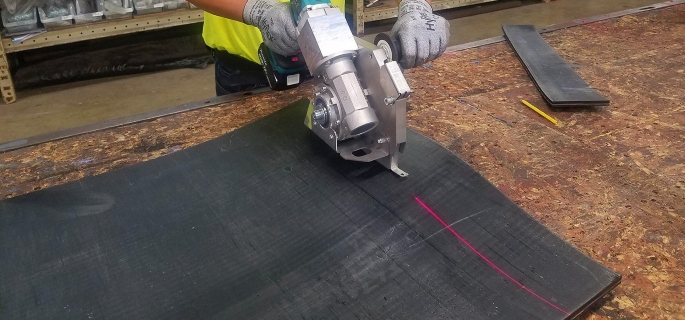In the bustling heart of modern industry, the conveyor belt chute stands as an unsung hero, channeling goods with remarkable efficiency. For those new to the world of material handling, a conveyor belt chute is a pivotal component designed to guide products from one conveyor belt segment to another or directly into storage bins or processing equipment. These chutes are meticulously crafted to deal with an array of items, from granular bulk commodities like cereals and coal to intricate electronic components and packaged consumer goods.
The significance of a well-designed conveyor belt chute system cannot be overstated. They are the silent arbitrators of material flow, making their presence crucial in sectors as diverse as mining, agriculture, electronics, and pharmaceuticals. By ensuring seamless transitions of materials with minimal human intervention, conveyor belt chutes not only boost productivity but also enhance workplace safety, proving indispensable in a myriad of material handling scenarios. Whether implemented in the rigorous environment of a mining operation or the fast-paced setting of a parcel distribution center, conveyor belt chutes play a vital role in maintaining the continuity and efficiency that modern industry demands.
Read more









